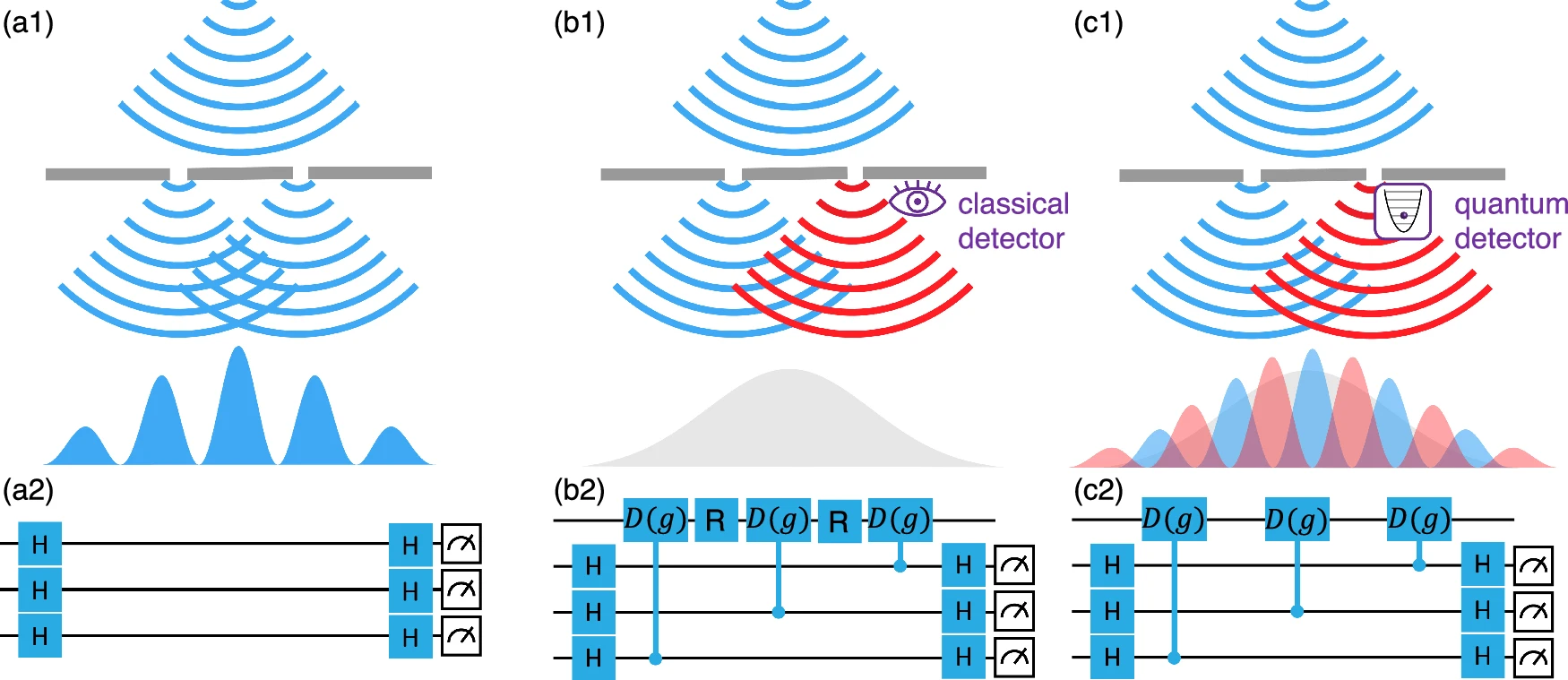This paper introduces AdaBoost.Q, a quantum adaptation of the classical AdaBoost ensemble learning algorithm designed to enhance quantum machine learning performance. The researchers addressed a critical challenge in quantum computing: how to improve quantum classifiers’ accuracy without requiring fault-tolerant quantum systems.
AdaBoost.Q leverages the probabilistic nature of quantum measurements to refine the attention mechanism during training. Unlike classical AdaBoost, which updates sample weights based solely on classification correctness, AdaBoost.Q incorporates classification probabilities as confidence measures. This allows for more nuanced reweighting of training samples, enabling subsequent quantum classifiers to focus more effectively on previously misclassified data.
The team demonstrated their approach on a programmable superconducting quantum processor with 121 qubits arranged in an 11×11 lattice. They conducted two main experiments. First, they tackled ten-class classification on the MNIST handwritten digits dataset using a ten-qubit quantum neural network (QNN). The ensemble approach improved testing accuracy from 80.5% to 86.7% over the complete 10,000-sample MNIST test dataset—notably the first experimental benchmark on the full-size MNIST test set using quantum hardware.
Second, they applied AdaBoost.Q to quantum convolutional neural networks (QCNNs) for classifying quantum phases of matter. Using a 15-qubit QCNN to distinguish between symmetry-protected topological, paramagnetic, and Ising phases of a spin chain model, they achieved perfect 100% accuracy on 1,564 test samples, improving from 77% with a single classifier.
The algorithm extracts weights based on quantum measurement probabilities, creating a more sophisticated attention mechanism than classical boosting. Numerical simulations showed AdaBoost.Q achieving 5% average accuracy improvement compared to just 1.6% for conventional AdaBoost.M1. The approach is compatible with current noisy intermediate-scale quantum devices and doesn’t require the coherent superposition of base learners needed for fully quantum ensemble methods.
This work provides a practical pathway for enhancing quantum machine learning in the near term, addressing the gap between quantum computing’s theoretical promise and current hardware limitations. The method is broadly applicable across different quantum learning models and physical platforms, offering a foundational tool for advancing quantum machine learning toward practical applications while maintaining compatibility with both current noisy and future fault-tolerant quantum systems.
Reference: Chen, J., Wu, Y., Yang, Z. et al. Quantum ensemble learning with a programmable superconducting processor. npj Quantum Inf 11, 83 (2025). doi:10.1038/s41534-025-01037-6


